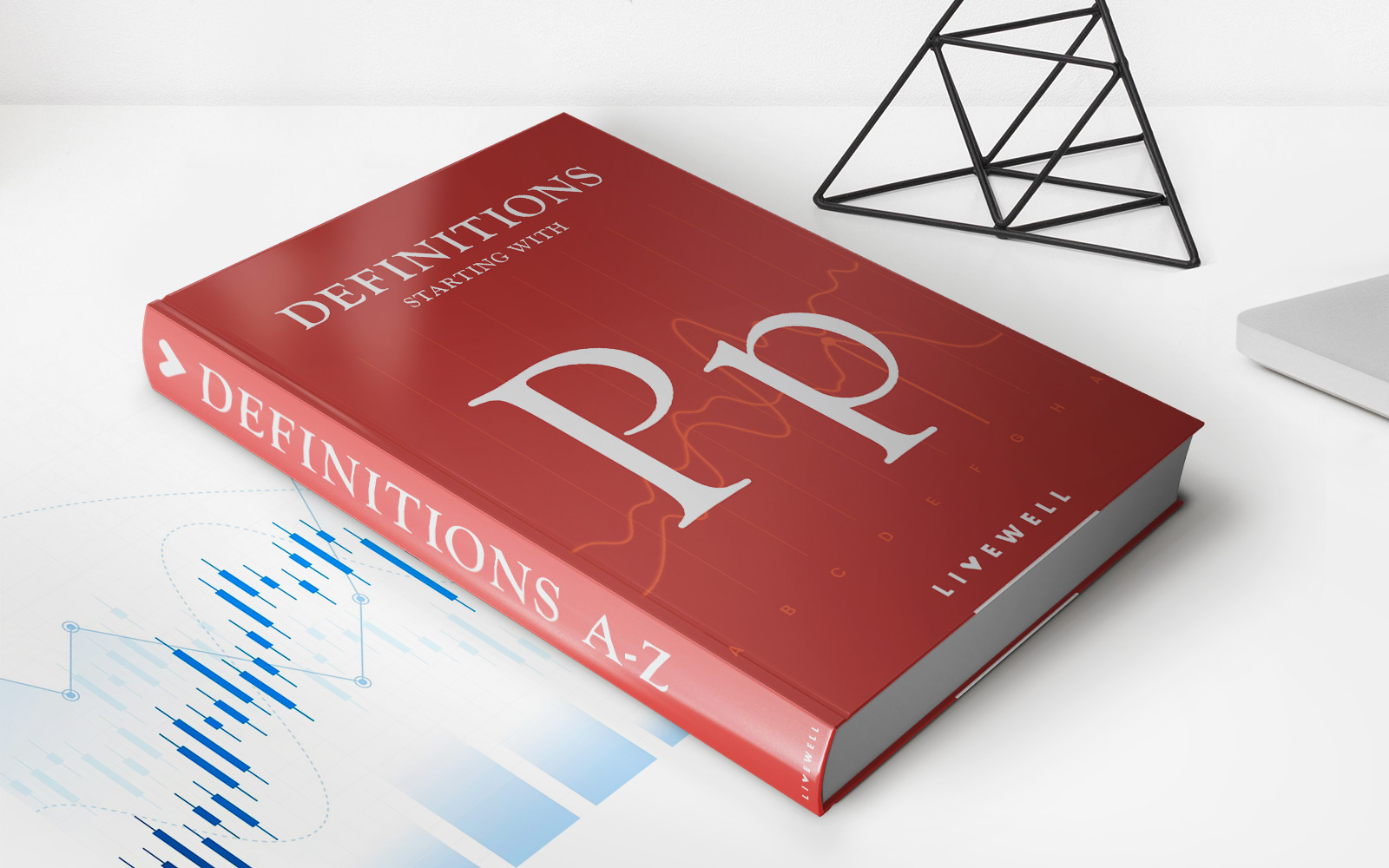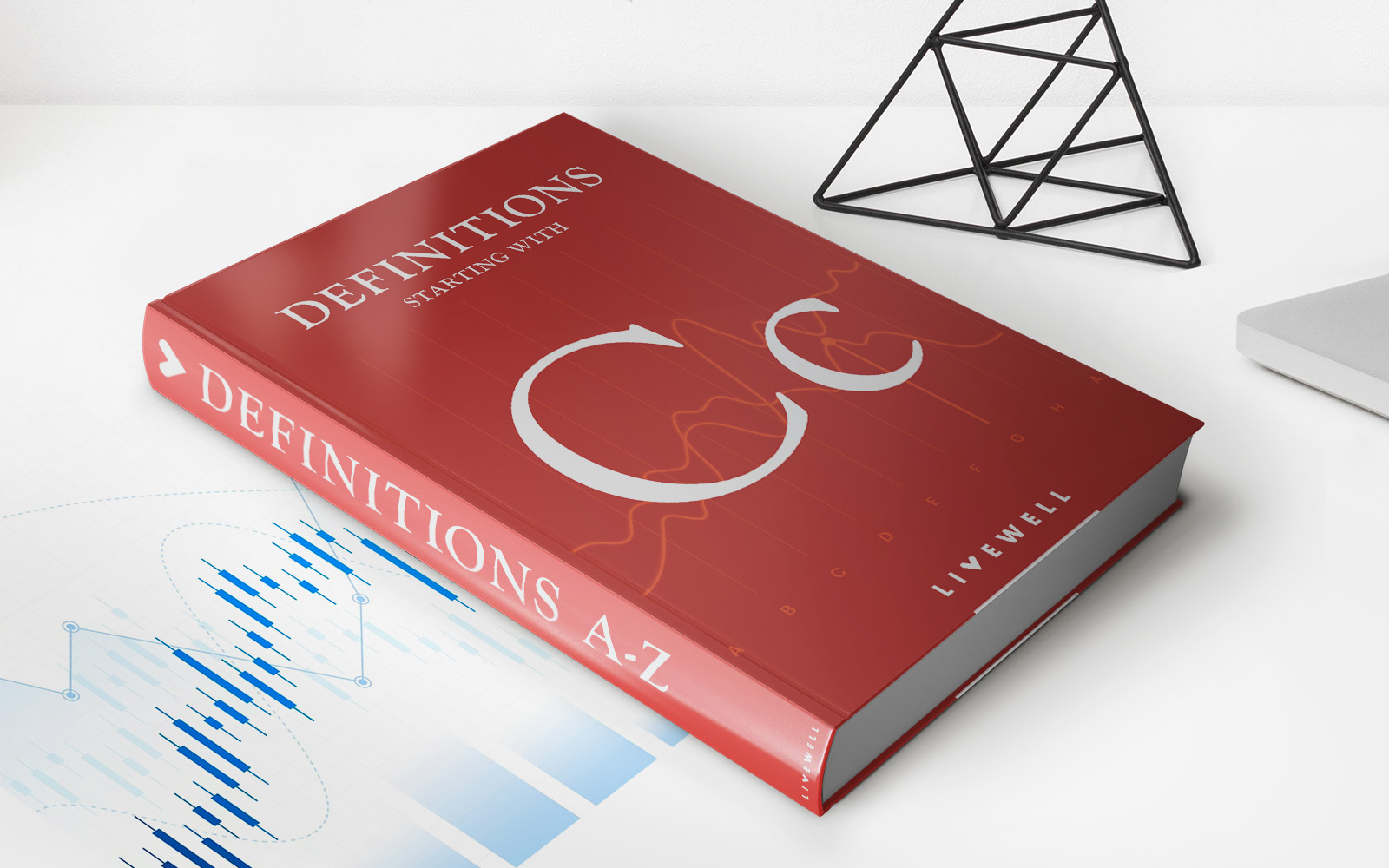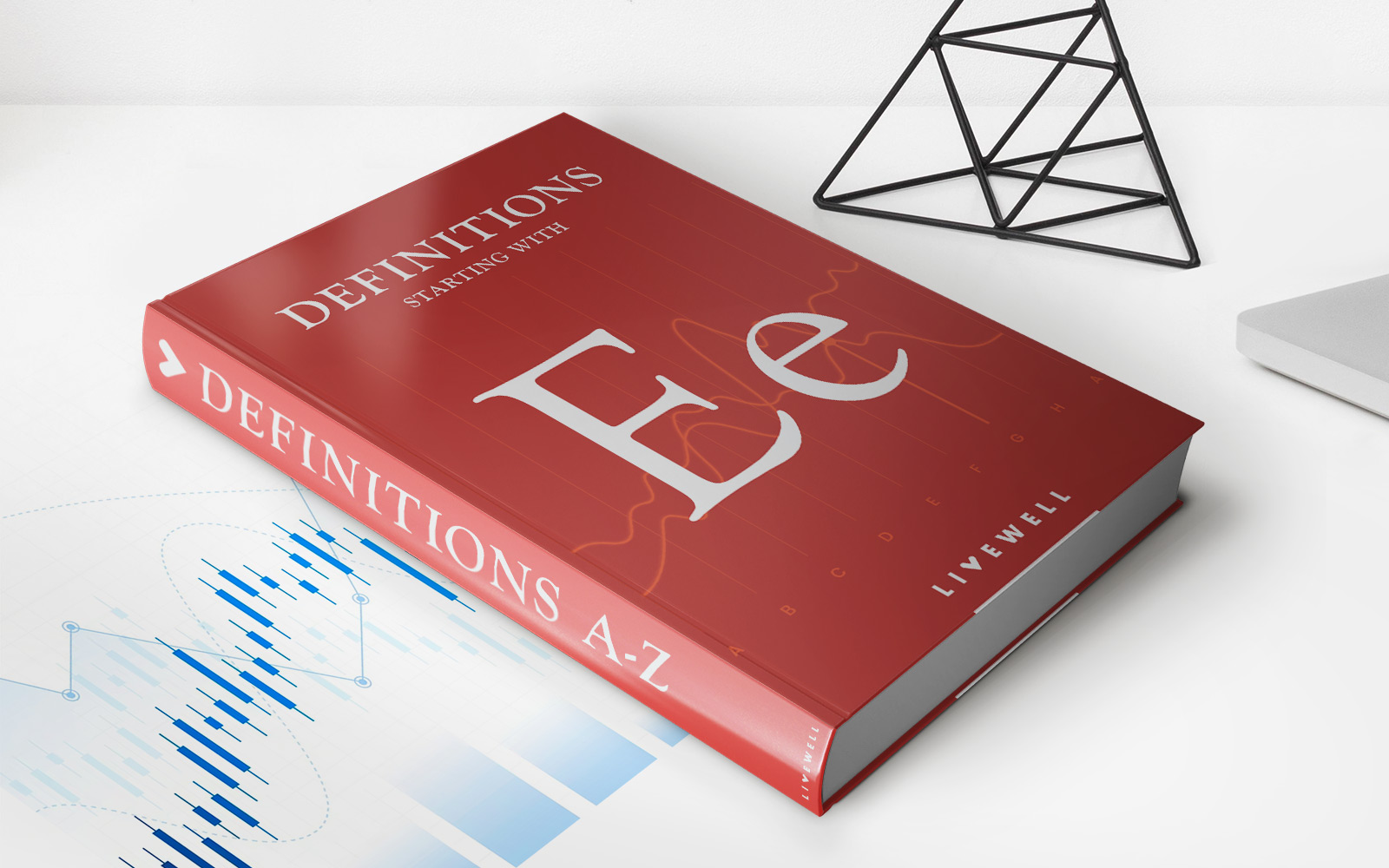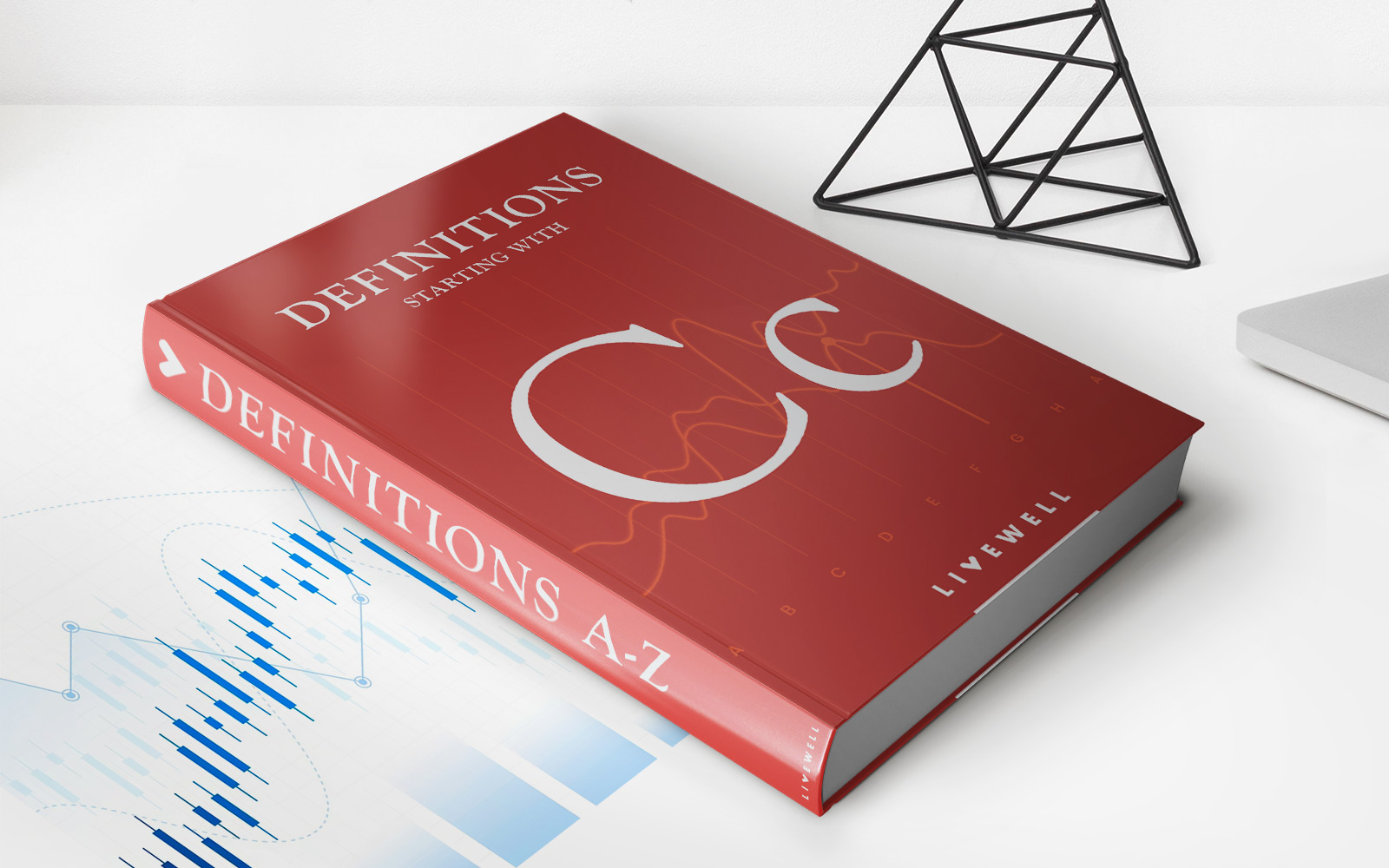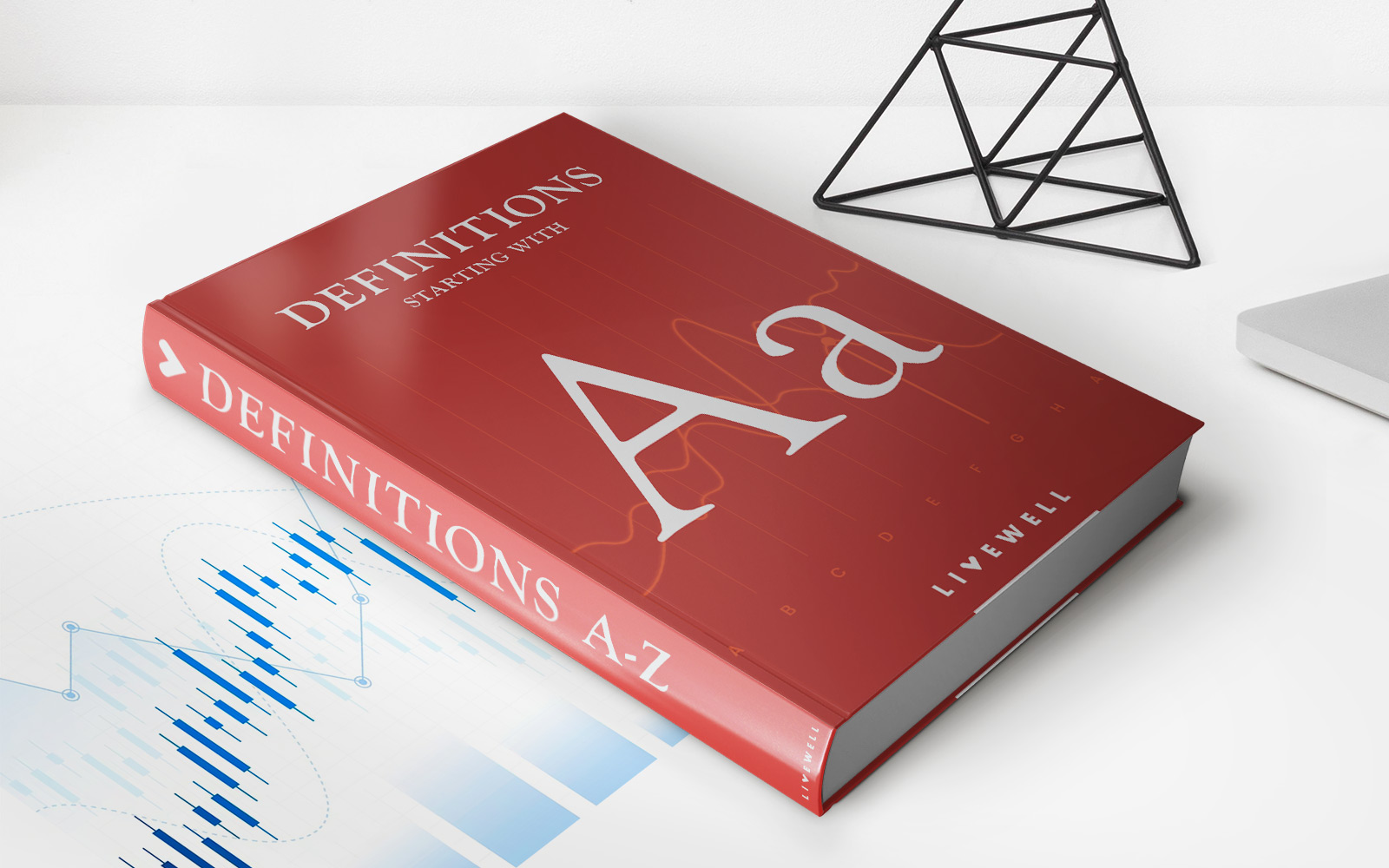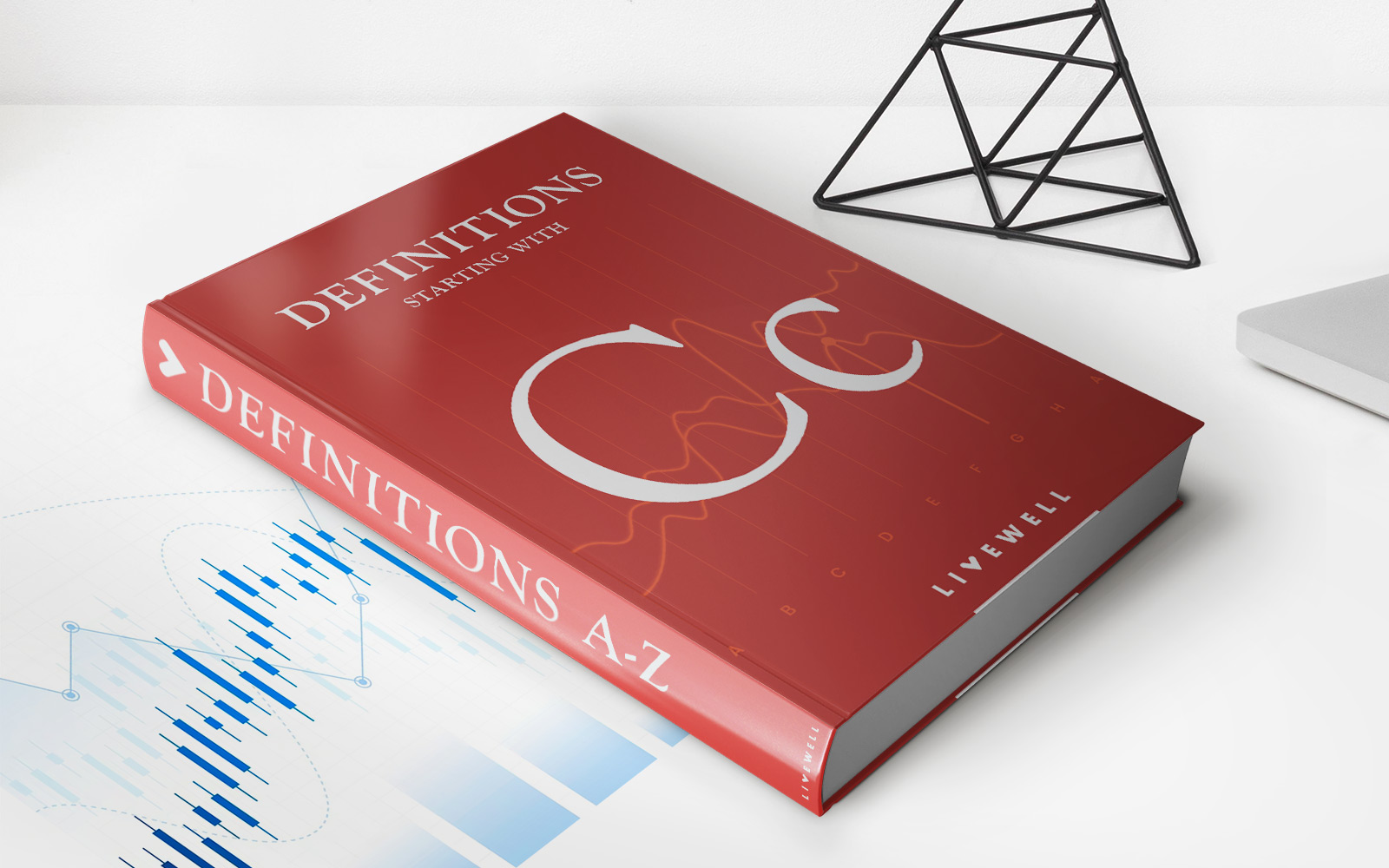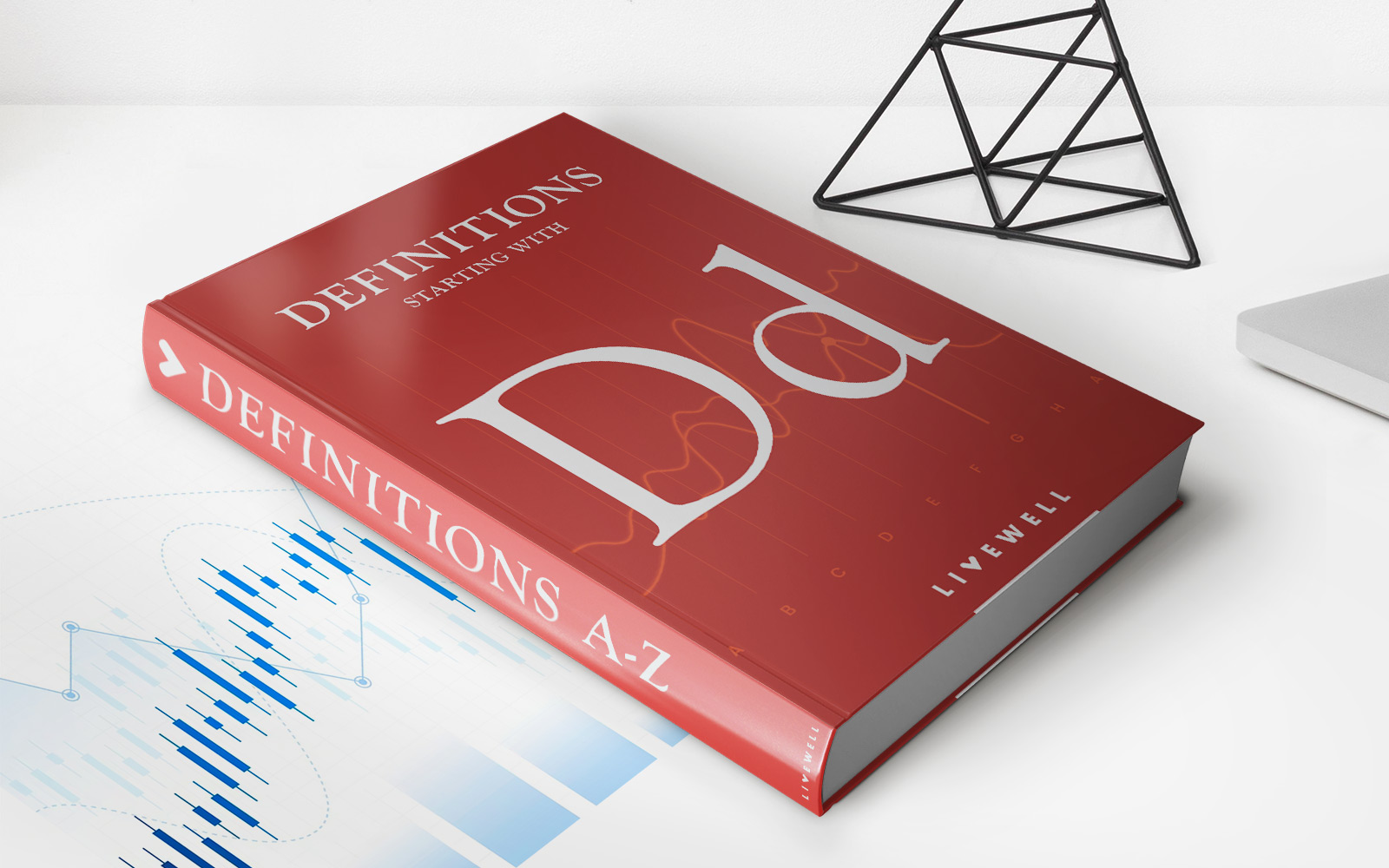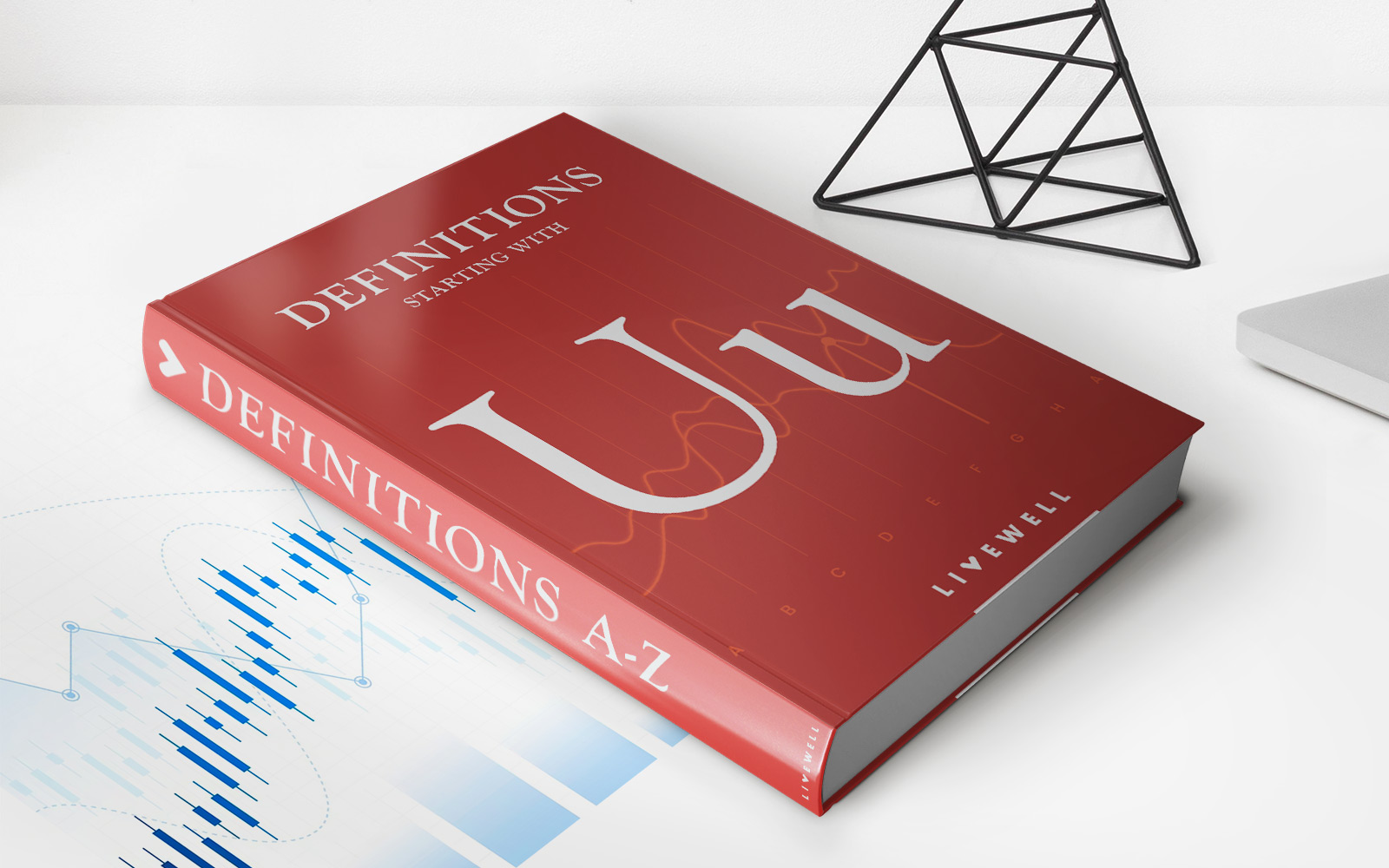Home>Finance>Pre-existing Condition Exclusion Period: Definition And Limits
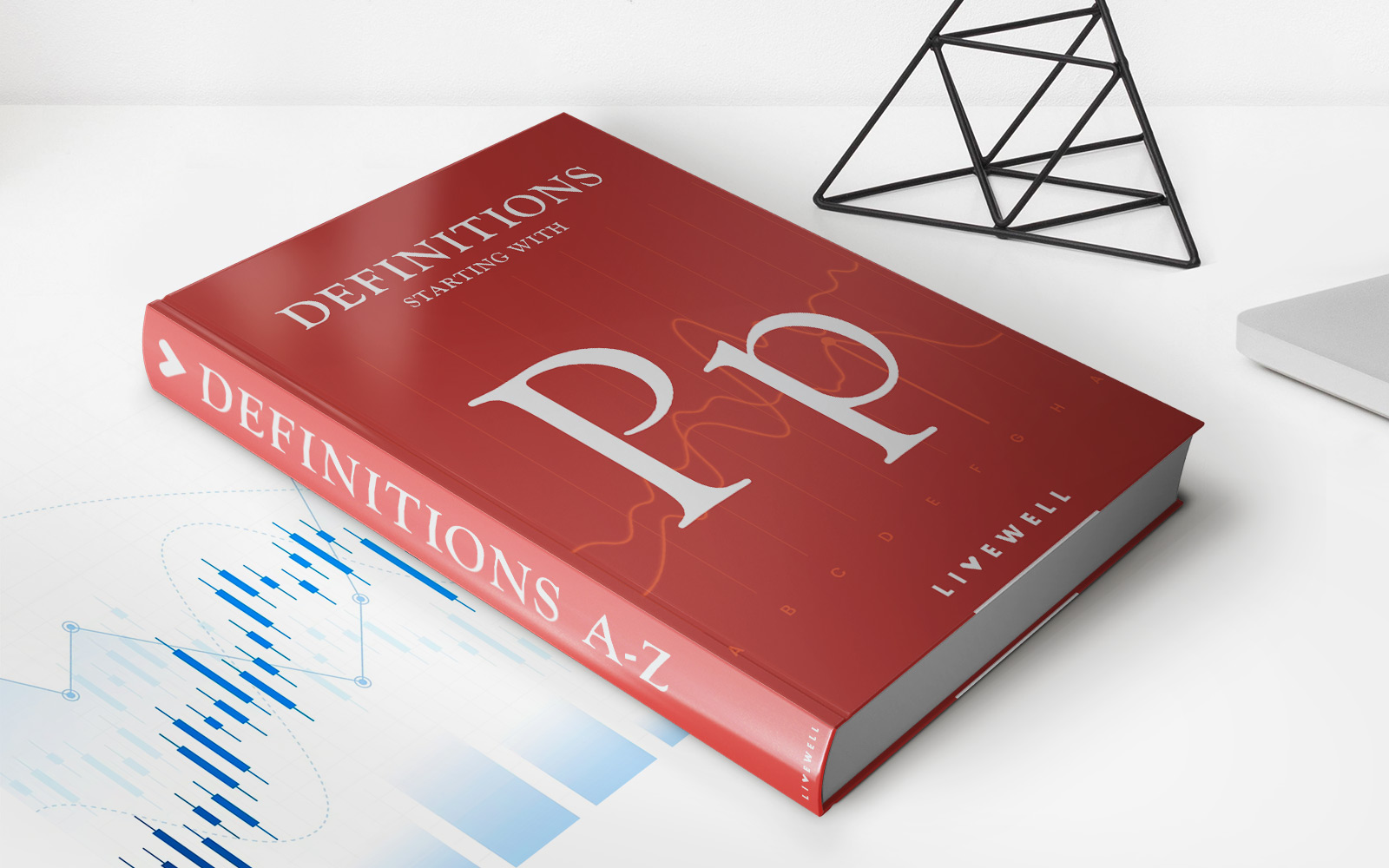

Finance
Pre-existing Condition Exclusion Period: Definition And Limits
Published: January 10, 2024
Learn about the definition and limits of pre-existing condition exclusion periods in finance. Understand how they can impact your coverage.
(Many of the links in this article redirect to a specific reviewed product. Your purchase of these products through affiliate links helps to generate commission for LiveWell, at no extra cost. Learn more)
Pre-existing Condition Exclusion Period: Definition and Limits
Are you familiar with the term “Pre-existing Condition Exclusion Period”? If you’re new to the world of healthcare or insurance, it might be a concept you haven’t encountered yet. In this blog post, we will delve into the definition and limits of the pre-existing condition exclusion period, shedding light on an important aspect of healthcare coverage.
Key Takeaways:
- The pre-existing condition exclusion period is a timeframe during which your health insurance provider may not cover treatment related to a pre-existing condition.
- This period varies depending on the type of insurance plan and can be limited by specific regulations.
What is a Pre-existing Condition?
Before we dive into the pre-existing condition exclusion period, let’s first understand what a pre-existing condition is. In simple terms, it refers to any illness or condition that you have been diagnosed with or have received treatment for before obtaining a new insurance policy or during a waiting period. Examples of pre-existing conditions can include chronic diseases like diabetes, heart disease, or even conditions like asthma.
Now that we have a basic understanding of pre-existing conditions, let’s explore the pre-existing condition exclusion period.
The Definition of Pre-existing Condition Exclusion Period
The pre-existing condition exclusion period is a specific period of time, usually measured in months, during which an insurance plan may not cover treatment related to a pre-existing condition. During this exclusion period, any medical expenses or procedures related to the pre-existing condition may be your responsibility to pay out of pocket.
It is important to note that the pre-existing condition exclusion period varies depending on the type of insurance plan you have. For example, employer-sponsored health plans may have different exclusion periods than individual plans purchased through the marketplace. Additionally, different states and insurance regulations can impose specific limits on the duration of the exclusion period.
Limits on Pre-existing Condition Exclusion Periods
While the pre-existing condition exclusion period can be a challenging aspect for individuals with pre-existing conditions, it is crucial to understand that there are limitations in place to protect consumers.
The Affordable Care Act (ACA), for instance, has implemented rules regarding pre-existing condition exclusion periods. According to the ACA, the maximum duration for a pre-existing condition exclusion period is 12 months. However, the 12-month exclusion can only be applied if a person has not maintained continuous coverage.
If you have maintained continuous coverage, which means you have had health insurance without a significant break, then insurance providers cannot impose a pre-existing condition exclusion period on you. This provision ensures that individuals with pre-existing conditions are not unfairly burdened when seeking healthcare coverage.
In Conclusion
Understanding the pre-existing condition exclusion period is crucial when navigating the world of healthcare and insurance. It is important to familiarize yourself with the definition and limits associated with pre-existing conditions, as this knowledge can help you make informed decisions regarding your health coverage.
Key Takeaways:
- The pre-existing condition exclusion period can vary depending on the type of insurance plan.
- Regulations, such as those outlined in the Affordable Care Act, limit the duration of the pre-existing condition exclusion period.
By being aware of your rights and the protections in place, you can ensure that you find the coverage you need without any surprises.

